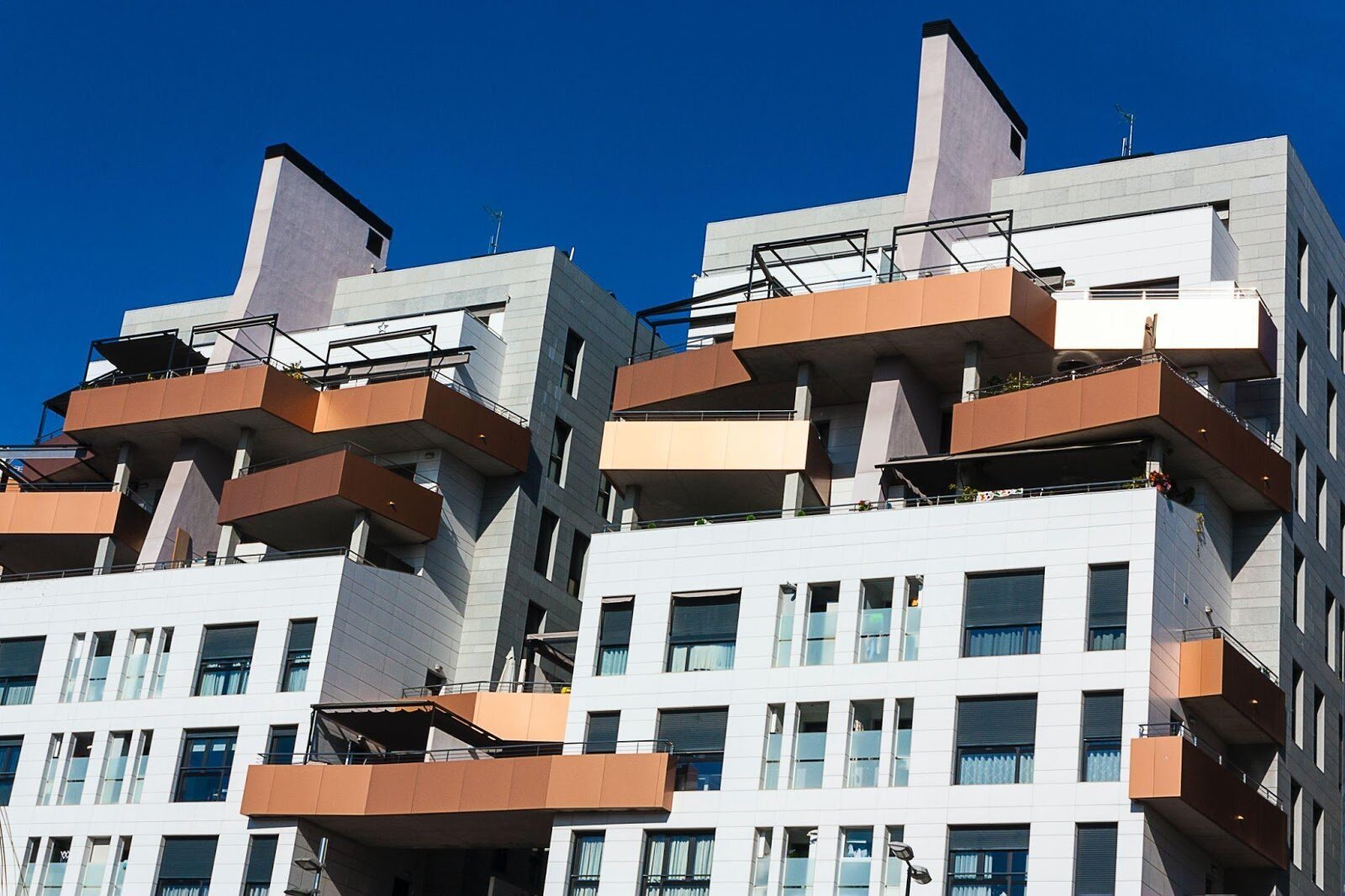Two Key Tools for Valuing Apartment Buildings
Making money through investments is often about buying something for a low price and selling it for a higher one. While this is straightforward in the stock market, real estate can be trickier because there isn't a single place like the Stock Exchange to tell you exactly how much a property is worth at any given moment.
This uncertainty means that many new investors end up paying too much for a property and underestimating the costs involved. To avoid this, it's important to learn how apartment buildings are valued. Understanding this not only helps you avoid overpaying but also shows why real estate can be a great way to grow your wealth.
What Makes a Good Deal?
In real estate, a good deal is one that gives you a positive return on your investment. However, as Warren Buffet once said, “price is what you pay, value is what you get.”
This means that what you pay for something doesn’t always reflect its true value. Skilled investors know how to spot the difference. They don’t just look at what a property makes now, but also what it could make in the future. Valuing an apartment building accurately takes experience and skill, and many things can affect the price, like the economy, the condition of the building, and even how many babies are born in the area.
However, there are also factors we can control that can affect the price. For instance, making improvements to the property can increase its value and give you a better return on your investment.
So, how do we figure out how much an apartment building is worth?
Tool #1: Capitalization Rate (CAP Rate)
To calculate this, you first need to work out the net operating income (NOI) by subtracting all the costs of running the building from the total annual income. This doesn’t include mortgage payments but does include property tax. Then, divide the NOI by the price of the building to get the CAP rate. This shows you how profitable the building is compared to its value.
CAP rates can vary depending on where the building is located, its condition, age, and the values of other apartments nearby. Experienced brokers in the area can help you find out what the CAP rate is for the area you're interested in.
Tool #2: Gross Rent Multiple (GRM)
This is based on the idea that higher rent means a more valuable building. To calculate it, multiply the annual gross rent by the GRM, which tells you roughly how valuable the property is compared to its rent.
The GRM can vary depending on the property's condition and the demand in the area. Properties in high-demand areas will have a higher GRM, while those in less desirable neighborhoods will have a lower one.
While the CAP rate method is preferred by professionals because it considers operating costs, GRM can give you a quick idea of a property's value.
Now, Can We Influence the Value?
There are many factors we can't control when it comes to a property's value. But one thing we can do is increase its value through repairs and improvements. As the property generates more income, its value goes up, making it more profitable when it comes time to sell.
Avoid the Hassle Valuing a Property
Keeping up with market changes can be complex and time-consuming. That's where we come in. At Resilience Equity, we take care of all the hard work for you so you can enjoy the benefits of real estate investing without the stress. Connect with us today to learn more about how we can help you build wealth and earn passive income through real estate.

